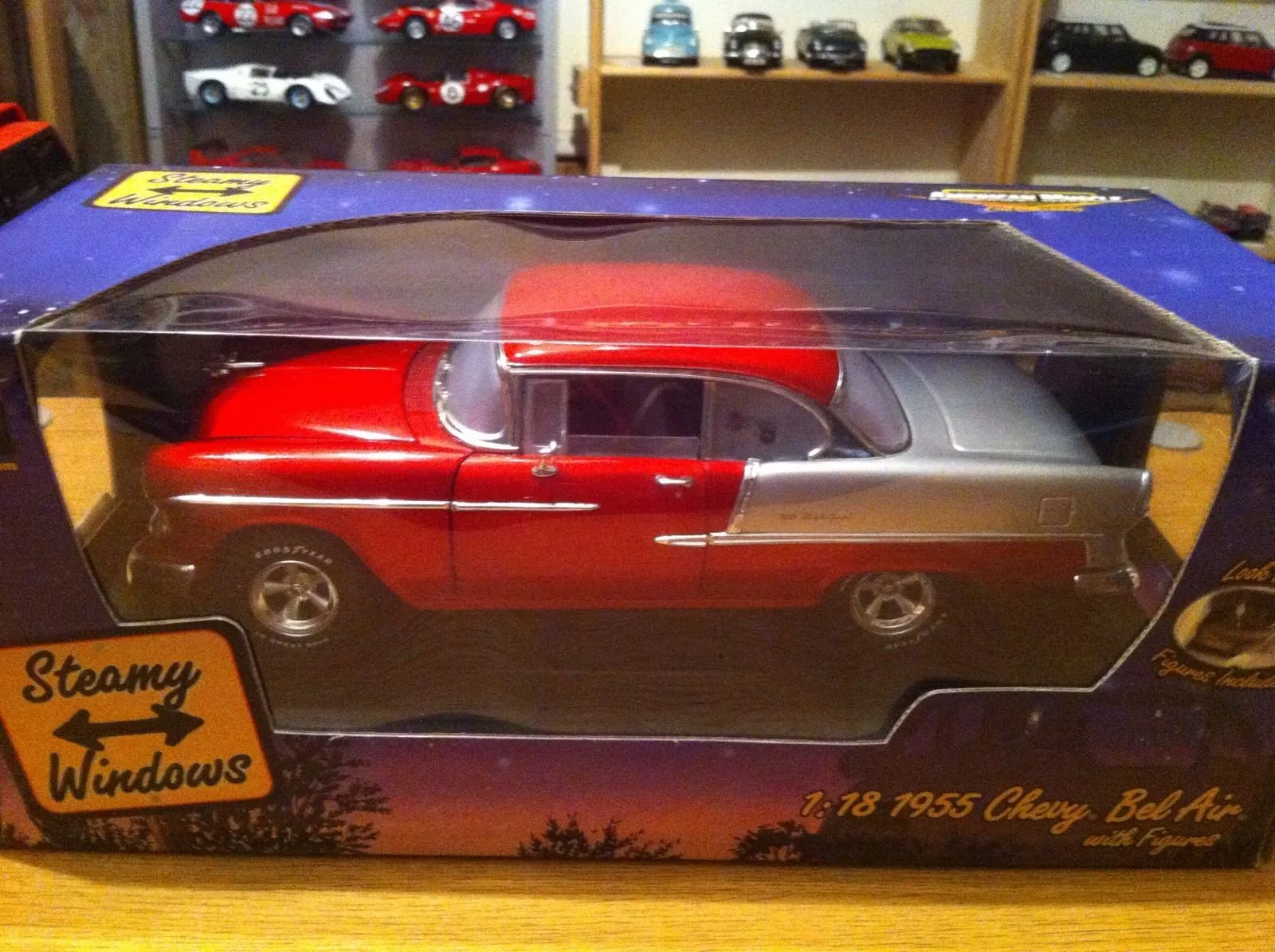What are Diecast Cars?
Diecast cars are miniature replicas of real-world vehicles, typically made using a die-casting process where molten metal is poured into molds. These miniature marvels have captivated collectors and enthusiasts for generations, offering a tangible connection to the automotive world. Diecast cars come in various scales, ranging from tiny models perfect for display to larger, more detailed replicas that showcase intricate designs. The appeal of diecast cars stems from their ability to replicate the details of full-sized vehicles, offering a high level of realism and authenticity. Diecast cars are more than just toys; they are miniature works of art, representing automotive history, technological advancements, and cultural significance. Whether you are a seasoned collector or a newcomer to the hobby, understanding the key features of diecast cars is essential for making informed choices and appreciating the beauty and craftsmanship that goes into each model.
Scale and Detail The Heart of Diecast Cars
The scale and level of detail are the most defining features of a diecast car, directly influencing its overall aesthetic appeal and collectibility. Understanding these aspects is crucial for anyone interested in acquiring or appreciating diecast models. Scale is a ratio that represents the relationship between the model’s size and the actual size of the car. Common scales include 1:18, 1:24, 1:43, and 1:64, with each scale offering a different size and level of detail. The larger the scale, the more detail can be incorporated into the model, allowing for a more realistic representation of the original vehicle. The level of detail in a diecast car can vary significantly depending on the manufacturer, the scale, and the price point. High-end models often feature intricate engine compartments, detailed interiors, functional doors and hoods, and realistic paint finishes. These details elevate the model from a simple replica to a miniature masterpiece, capturing the essence of the real car in stunning accuracy.
Understanding Scale
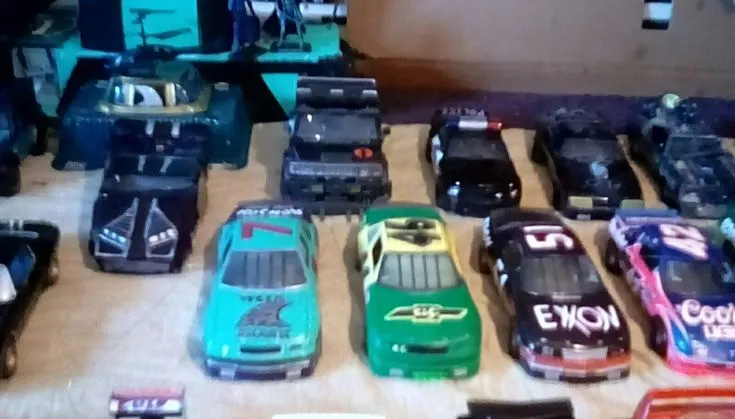
As mentioned previously, scale determines the proportion of the model car to its full-size counterpart. The scale is usually represented as a ratio, like 1:18, which means the model is 1/18th the size of the real car. Different scales cater to different preferences and collecting needs. 1:18 scale models are larger and offer more intricate details, making them popular for collectors who want a detailed representation. 1:24 scale models are also popular, providing a good balance between size and detail. Smaller scales, such as 1:43 and 1:64, are suitable for displaying a large collection in a limited space. The choice of scale depends on personal preference, available display space, and budget. Each scale provides a unique collecting experience, allowing enthusiasts to build diverse and exciting collections.
Intricate Detailing
Intricate detailing is what truly brings a diecast car to life. This encompasses various elements, from the engine and interior to the exterior finish and accessories. High-quality diecast cars meticulously replicate the engine components, including the engine block, belts, hoses, and other essential parts. Interiors feature detailed dashboards, seats, steering wheels, and other elements that mimic the real car’s cabin. Exterior detailing includes accurate paint finishes, realistic headlights and taillights, and finely crafted wheels and tires. Some models even have functional features like opening doors, hoods, and trunks, adding another layer of realism. The level of detailing directly impacts the model’s value and collectibility, making it a crucial factor for discerning collectors who seek authentic and immersive representations.
Material and Build Quality
The material and build quality of a diecast car are paramount, influencing its durability, appearance, and overall value. Diecast cars are primarily made of metal, typically zinc alloy, which provides a sturdy and long-lasting structure. The quality of the metal, the precision of the casting process, and the finishing techniques determine the model’s overall quality. High-quality diecast cars have a solid feel, with minimal gaps and imperfections. The paint finish should be smooth, even, and free of blemishes. The build quality extends to the moving parts, such as doors, hoods, and wheels, which should operate smoothly and without binding. A well-built diecast car not only looks better but also withstands the test of time, retaining its value and appeal for years to come. Paying attention to the material and build quality is essential when choosing diecast cars, ensuring you acquire models that are both beautiful and durable.
Metal Body Construction
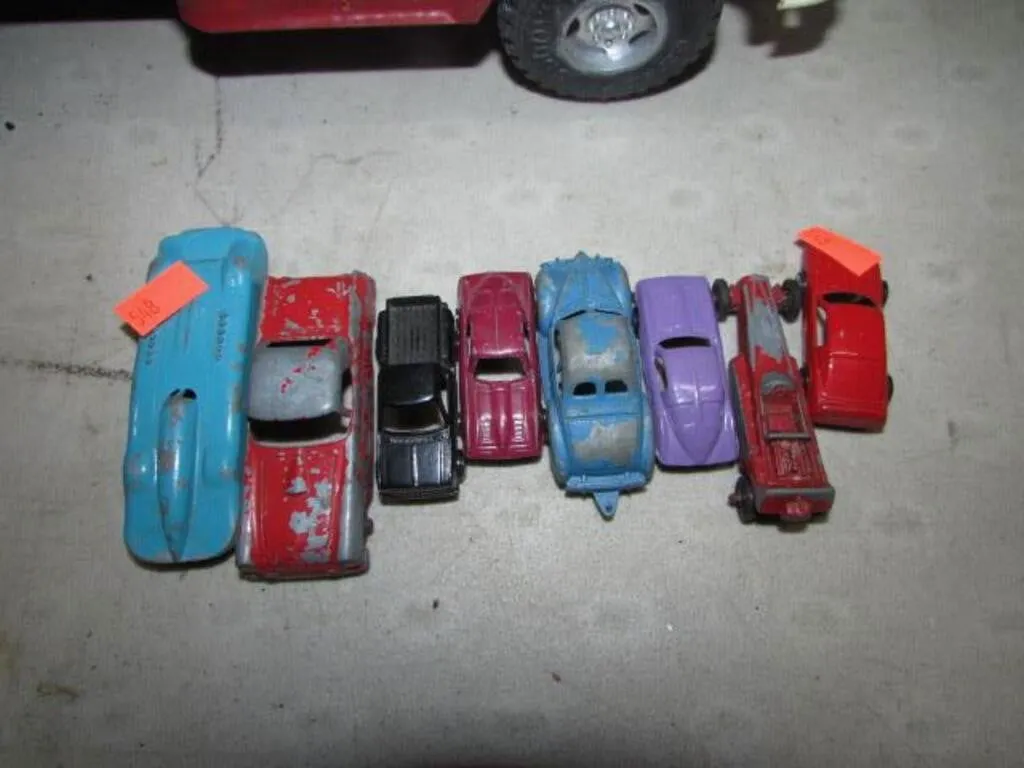
The metal body is the foundation of most diecast cars, providing a solid and robust structure. The zinc alloy used in die-casting allows for intricate designs and shapes, capturing the contours and details of the real car. The metal body is also responsible for the model’s weight, giving it a substantial feel. The quality of the metal and the die-casting process significantly influence the model’s durability and appearance. High-quality metal bodies are free of imperfections and have a smooth surface, which is crucial for the paint finish. The metal body’s construction also affects the overall stability of the model, ensuring that it maintains its shape and structural integrity over time. Collectors should inspect the metal body for any defects or irregularities, as this can impact the model’s value and appeal.
High-Quality Paint and Finish
The paint and finish are essential elements that contribute to the visual appeal of a diecast car. The paint should be applied evenly, without drips, runs, or other blemishes. High-quality diecast cars often use multiple layers of paint, followed by a clear coat to protect the finish and add shine. The paint color should accurately represent the original vehicle’s color, with a realistic look. The finish can vary depending on the model, ranging from a glossy shine to a matte appearance. The paint and finish play a critical role in how the model looks and how it feels, making it a crucial aspect to consider when evaluating a diecast car. Collectors should examine the paint job closely, looking for any imperfections that could detract from the model’s overall appearance.
Authenticity and Accuracy
Authenticity and accuracy are hallmarks of a desirable diecast car. This refers to how closely the model resembles the real-world vehicle it represents. Accurate models feature detailed representations of the car’s body, interior, engine, and other components. They should have the correct proportions, dimensions, and details to create a realistic and convincing miniature replica. Authenticity extends to the paint colors, markings, and logos, which should match the original vehicle. Collectors often seek models that are faithful recreations of specific cars, such as classic models, race cars, or limited-edition vehicles. The authenticity and accuracy of a diecast car determine its value and appeal, making it an essential factor for serious collectors. The more accurate the model, the more desirable and valuable it becomes.
Researching Real-World Models
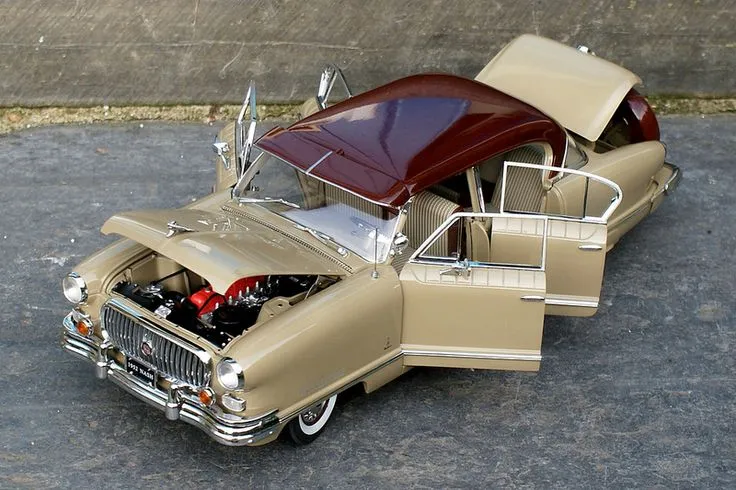
Before purchasing a diecast car, researching the real-world vehicle it represents is essential. This includes gathering information about the car’s history, specifications, and design. Understanding the car’s background allows you to appreciate the model’s accuracy and attention to detail. Research can involve studying photographs, technical drawings, and other documentation. You can compare the model to the real car, checking the proportions, details, and overall design. The more you know about the car, the more you can appreciate the craftsmanship and authenticity of the model. Researching the real-world model helps you make informed decisions and ensures that the diecast car aligns with your collecting interests.
Licensed Products
Licensed diecast cars are those that have received permission from the car manufacturer or brand to use their design and trademarks. These models often feature accurate logos, markings, and other details that accurately reflect the real car. Licensed products are highly desirable for collectors because they ensure authenticity and quality. They undergo a rigorous approval process by the car manufacturer, ensuring that the model meets their standards. Collecting licensed diecast cars is a great way to expand your collection and appreciate the intricacies of your favorite vehicles. These models often come with certificates of authenticity, adding to their collectibility and value. When choosing diecast cars, always look for the official licensing to ensure you are purchasing a genuine and accurate replica.
Rarity and Collectibility
Rarity and collectibility are key factors determining the value and desirability of diecast cars. Limited editions, rare models, and those in mint condition are often highly sought after by collectors. The more exclusive a diecast car is, the more valuable it tends to be. Limited editions are produced in a specific number of units, making them more difficult to find. Rare models may include prototypes, test vehicles, or special versions of popular cars. The condition of a diecast car significantly impacts its value. Models in mint condition, with no scratches, blemishes, or damage, are highly desirable. Collectibility is also influenced by factors such as the manufacturer, the scale, and the popularity of the real-world car. Certain brands are highly regarded for their quality and detail, increasing the collectibility of their models. Understanding the factors that contribute to rarity and collectibility is crucial for building a valuable diecast car collection.
Limited Editions and Special Releases

Limited editions and special releases are highly prized by diecast car collectors because of their exclusivity. These models are produced in a limited quantity, making them rare and difficult to find. Limited editions often feature unique paint schemes, special detailing, or commemorative markings. These models are often released to celebrate a specific event, such as a car’s anniversary or a racing victory. Special releases may include models with custom features or enhancements. Limited editions and special releases can quickly appreciate in value, making them an excellent investment for collectors. These models provide a unique collecting experience, adding a special element to your collection. Collectors often seek out these special releases to enhance the diversity and value of their collection.
Condition and Value
The condition of a diecast car is a critical factor in determining its value. Models in mint condition, meaning they are flawless and have no imperfections, are the most desirable. Condition is evaluated based on factors such as the paint finish, the presence of scratches or blemishes, the functionality of moving parts, and the completeness of original packaging. A model’s value can vary significantly depending on its condition. Mint condition models are worth the most, while models with damage or wear are worth less. Collectors should carefully inspect any diecast car before purchasing it, looking for any signs of damage or imperfections. Proper storage and care can help preserve the condition of your models, maintaining their value over time. Understanding the condition of your diecast cars is crucial for assessing their value and making informed decisions about collecting or selling.
Display and Presentation
Display and presentation are essential aspects of showcasing a diecast car collection. The way you display your models can significantly impact their visual appeal and the overall enjoyment of your collection. Displaying diecast cars allows collectors to appreciate their models fully and share their passion with others. There are many ways to display your models, ranging from simple shelves to elaborate display cases. The choice of display depends on your personal preference, the size of your collection, and the available space. Display cases protect your models from dust, dirt, and other environmental factors, maintaining their condition. Lighting can enhance the appearance of your models, highlighting their details and creating a more engaging display. A well-organized and visually appealing display not only enhances the look of your collection but also protects your investment.
Choosing the Right Display
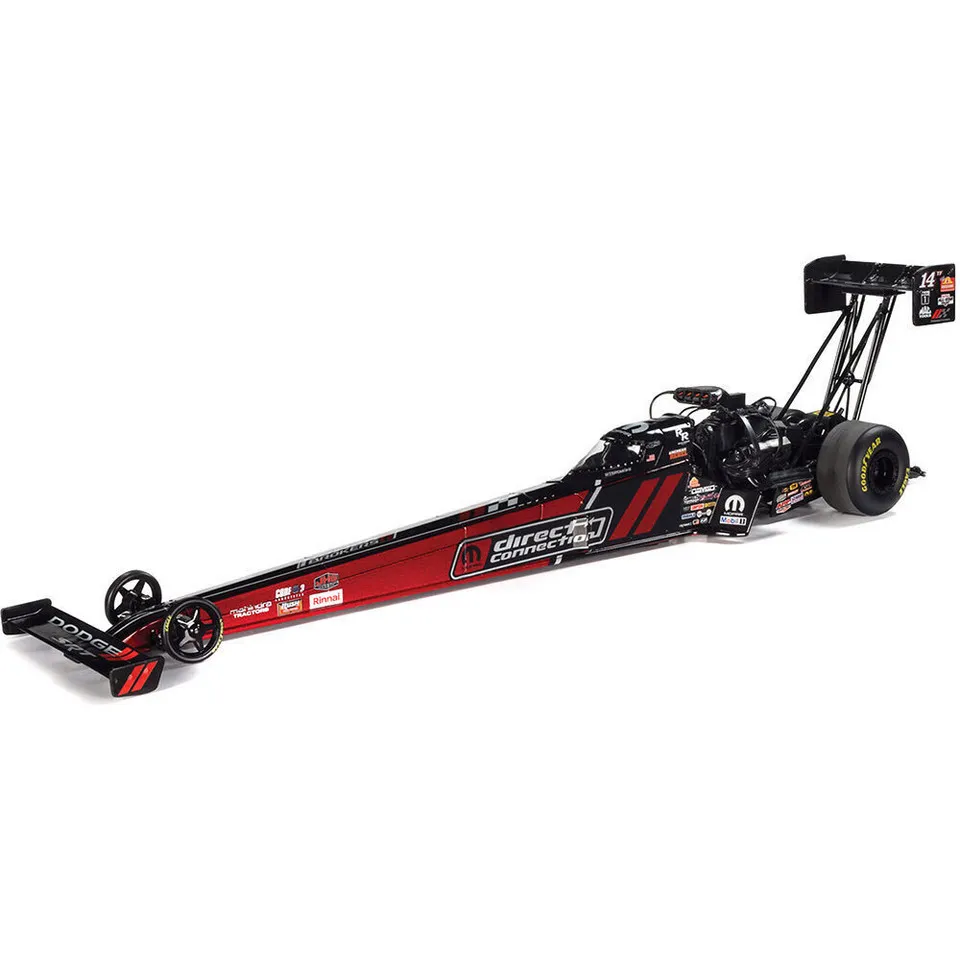
Choosing the right display is essential for showcasing your diecast car collection. The type of display you choose depends on your available space, the size of your collection, and your personal preferences. Shelves are a popular choice, providing a simple and accessible way to display your models. Display cases offer greater protection from dust and other environmental factors, and they often feature lighting to enhance the appearance of your collection. Consider the size and scale of your models when selecting a display. Ensure that the display can accommodate the size and number of models you have. The display should also complement the style of your collection, creating a cohesive and visually appealing presentation. The right display will not only showcase your collection but also protect your investment.
Protecting Your Collection
Protecting your diecast car collection is important for preserving its value and ensuring its longevity. Store your models in a clean, dry, and dust-free environment. Display cases provide the best protection against environmental factors. Avoid exposing your models to direct sunlight, as this can fade the paint and damage the details. Handle your models with care, avoiding touching them too frequently. Use gloves if necessary to prevent fingerprints. When storing your models, keep them in their original packaging, especially if they are rare or valuable. Regular cleaning can help remove dust and dirt. Proper storage and maintenance will protect your models and ensure that they remain in excellent condition, preserving their value and allowing you to enjoy them for years to come. By taking these precautions, you can protect your diecast cars and maintain their value for the long term.
